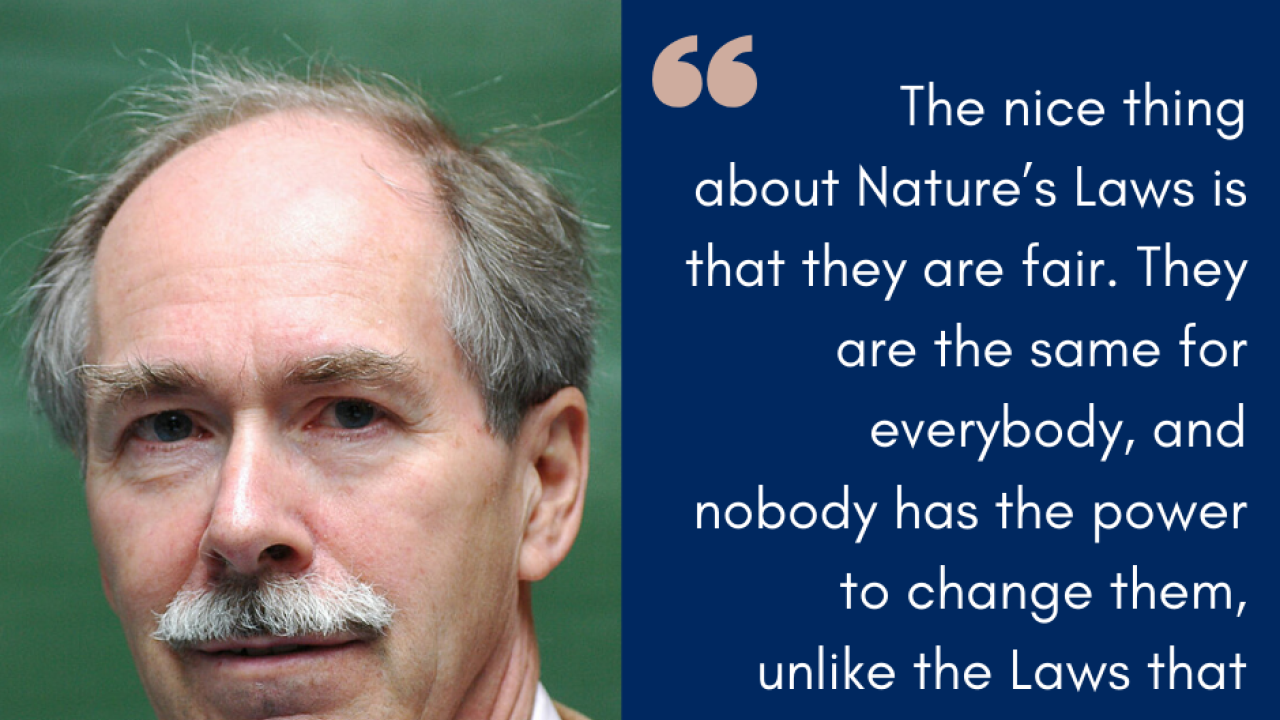
Why be a scientist? Nearly every scientist has a different answer and a different inspiration, drawn from varied careers, outlooks, and experiences. For its 40th anniversary in 2004, ICTP published the book One Hundred Reasons to be a Scientist, a collection of 100 essays from many eminent physicists and mathematicians with a connection to ICTP. The book is a source of many insights from the lives and careers of scientists, including Mildred Dresselhaus, Freeman Dyson, Vera Rubin, and Francis K.A. Allotey. The authors discuss what led them to study science, the difficulties they encountered and overcame, and their passions and hopes for the future.
We are revisiting twenty of these stories highlighting one of them every week, sharing inspirations from the essays and showcasing the words of these great scientists. During the uncertainty of the current global pandemic, the words will hopefully help researchers feel less alone in their scientific path.
We are presenting this week the story of Gerardus 't Hooft, a Dutch theoretical physicist and professor, who shared the Nobel Prize in Physics in 1999 with Martinus J. G. Veltman "for elucidating the quantum structure of electroweak interactions".
He made fundamental contributions to modern physics, with his work on gauge theories, black holes and quantum gravity.
In his essay he explains how his curiosity and passion about discovering how Nature works led him to study physics and become an internationally renowned scientist. You can read it here.
't Hooft was an admirer of ICTP founder Abdus Salam and his “grand view” of science and its connection to society. Here you can read his contribution to the memorial volume published by the Institute for Theoretical Physics, Utrecht University, on Abdus Salam’s 90th birthday. You can also watch an interview curated by The Institute of Art and Ideas, London, in which he discusses the challenges for Quantum Mechanics in the 21st century.
Finally, if you are interested in learning about 99 more scientists and what inspired them, you can find the whole book in electronic format for free download on ICTP’s library website, in English, Italian and Urdu.
Here you can read the previous stories:
















